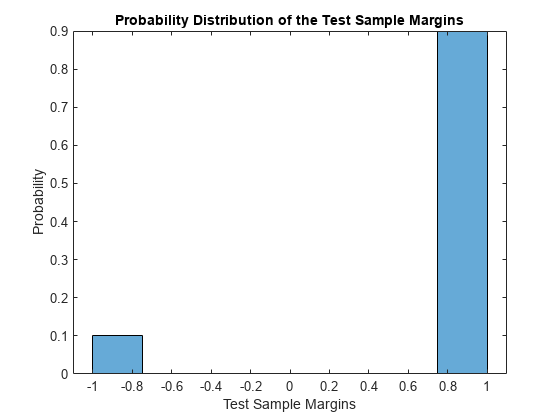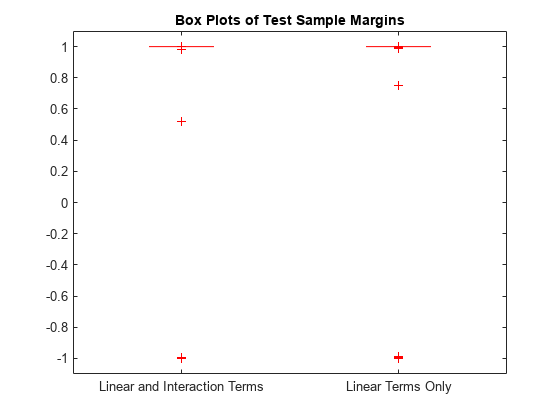margin
Syntax
Description
m = margin(Mdl,Tbl,ResponseVarName)m)
for the generalized additive model Mdl using the predictor data in
Tbl and the true class labels in
Tbl.ResponseVarName.
m is returned as an n-by-1 numeric column
vector, where n is the number of observations in the predictor
data.
m = margin(___,'IncludeInteractions',includeInteractions)includeInteractions in addition to any of the input argument
combinations in the previous syntaxes.
Examples
Input Arguments
More About
Version History
Introduced in R2021a
See Also
predict | loss | edge | resubMargin

